How To Grow A Bountiful Garden With Rubbermaid Raised Beds
Introduction
Growing your own food is a rewarding experience, and it's easier than you might think. With a little planning and effort, you can have a bountiful garden in no time.
One of the best ways to start your garden is with raised beds. Raised beds offer a number of advantages over traditional gardening methods, including:
- Improved drainage
- Reduced soil compaction
- Easier access for people with disabilities
- Increased yields
Rubbermaid raised beds are a popular choice for gardeners because they are durable, easy to assemble, and come in a variety of sizes. In this blog post, we will show you how to grow a bountiful garden with Rubbermaid raised beds.
Main Content
Step 1: Choose the right location
The first step is to choose the right location for your raised beds. You want to choose a spot that gets full sun, has good drainage, and is not in the path of foot traffic.
Step 2: Prepare the soil
Once you have chosen a location, you need to prepare the soil. The soil in your raised beds should be loose and well-drained. If your soil is heavy clay, you will need to add some sand or compost to improve drainage.
Step 3: Assemble the raised beds
If you are using Rubbermaid raised beds, assembly is easy. Simply follow the instructions that come with your beds.
Step 4: Fill the raised beds
Once your raised beds are assembled, you need to fill them with soil. A good mix of potting soil and compost is ideal for raised beds.
Step 5: Plant your seeds or seedlings
Now it's time to plant your seeds or seedlings. Be sure to plant them at the correct depth and spacing.
Step 6: Water and fertilize your plants
Your plants will need regular watering and fertilizing. The amount of water and fertilizer they need will depend on the type of plants you are growing.
Step 7: Harvest your produce
Once your plants are mature, you can start harvesting your produce. Be sure to harvest your produce regularly to encourage continued growth.
Conclusion
Growing a bountiful garden with Rubbermaid raised beds is easy and rewarding. By following these simple steps, you can have a thriving garden in no time.
Additional Tips
- For best results, plant your raised beds in the spring or fall.
- Mulch around your plants to help retain moisture and suppress weeds.
- Protect your plants from pests and diseases.
- Enjoy your bountiful harvest!
If you're looking for a high-quality, durable raised garden bed, I recommend checking out the Rubbermaid Raised Garden Bed. It's made from durable, weather-resistant plastic that will last for years to come. The bed is also easy to assemble and maintain, and it comes with a lifetime warranty.
To learn more about the Rubbermaid Raised Garden Bed, visit Garden Wiki.
FAQ of rubbermaid raised garden bed
- Q: What are the benefits of using a Rubbermaid raised garden bed?
A: Rubbermaid raised garden beds offer a number of benefits, including:
* They are easy to assemble and maintain.
* They are durable and weather-resistant.
* They can be used in a variety of locations, including on patios, decks, and in the ground.
* They help to improve drainage and aeration, which can lead to healthier plants.
* They can be filled with a variety of soil types, so you can customize the growing environment for your plants.
- Q: What are the different sizes of Rubbermaid raised garden beds?
A: Rubbermaid offers a variety of raised garden bed sizes, including:
* 24" x 24" x 6"
* 36" x 24" x 6"
* 48" x 24" x 6"
* 48" x 48" x 6"
* 72" x 48" x 6"
- Q: What is the best way to prepare a Rubbermaid raised garden bed?
A: To prepare a Rubbermaid raised garden bed, you will need to:
1. Remove the liner from the bed.
2. Add a layer of weed barrier fabric.
3. Add a 6-8 inch layer of compost or other organic matter.
4. Mix the compost or organic matter with the soil from your yard.
5. Plant your seeds or seedlings.
- Q: What plants do well in Rubbermaid raised garden beds?
A: A variety of plants can do well in Rubbermaid raised garden beds, including:
* Vegetables: tomatoes, peppers, cucumbers, squash, beans, lettuce, carrots, peas, herbs
* Fruits: strawberries, blueberries, raspberries, blackberries
* Flowers: marigolds, petunias, geraniums, lavender, roses
- Q: How often do I need to water my plants in a Rubbermaid raised garden bed?
A: The frequency of watering will depend on the climate, the type of plants you are growing, and the size of the bed. However, as a general rule, you will need to water your plants deeply every few days.
- Q: How do I prevent pests and diseases in my Rubbermaid raised garden bed?
A: To prevent pests and diseases in your Rubbermaid raised garden bed, you can:
* Plant resistant varieties of plants.
* Practice good sanitation.
* Inspect your plants regularly for signs of pests or diseases.
* Use insecticidal soap or neem oil to control pests.
* Treat diseases with fungicides.
Image of rubbermaid raised garden bed
- Rubbermaid Natural Raised Garden Bed
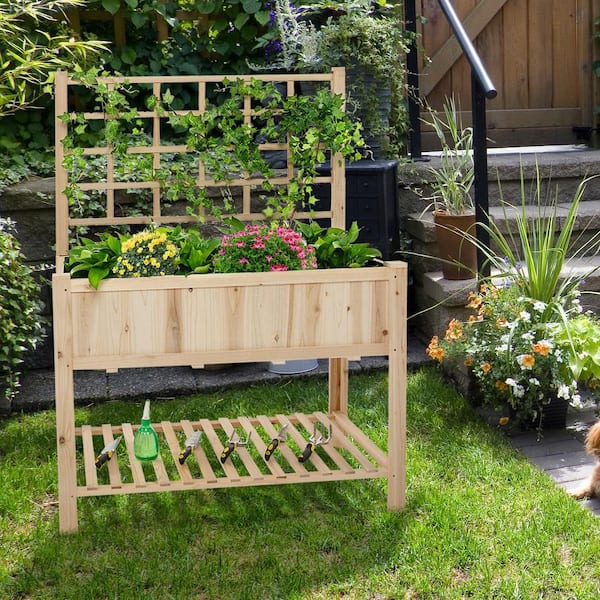
- Rubbermaid Raised Garden Bed with Cover

- Rubbermaid Raised Garden Bed with Wheels
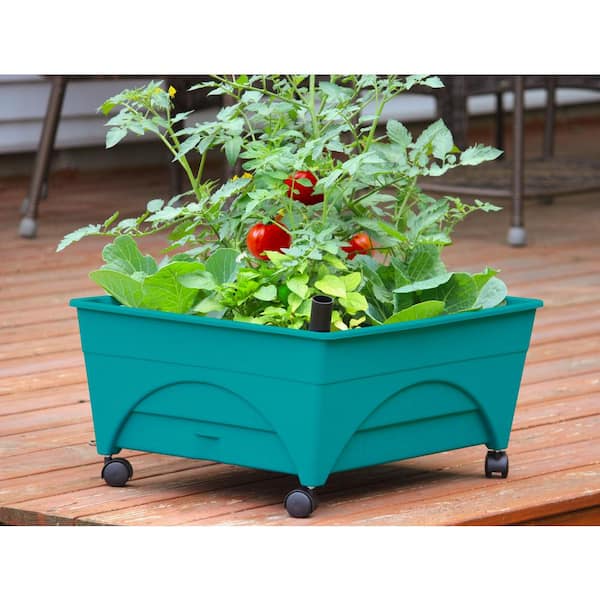
- Rubbermaid Raised Garden Bed Kit

- Rubbermaid Raised Garden Bed Bench
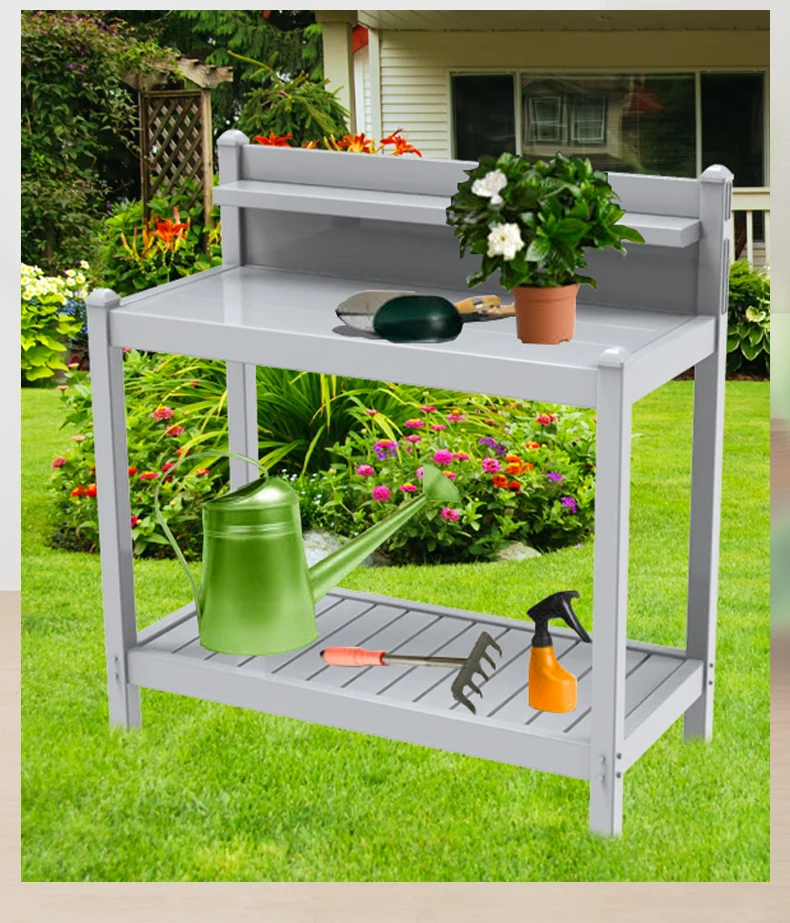
- Rubbermaid Raised Garden Bed with Liner

- Rubbermaid Raised Garden Bed with Drainage Holes

- Rubbermaid Raised Garden Bed in Black

- Rubbermaid Raised Garden Bed in White
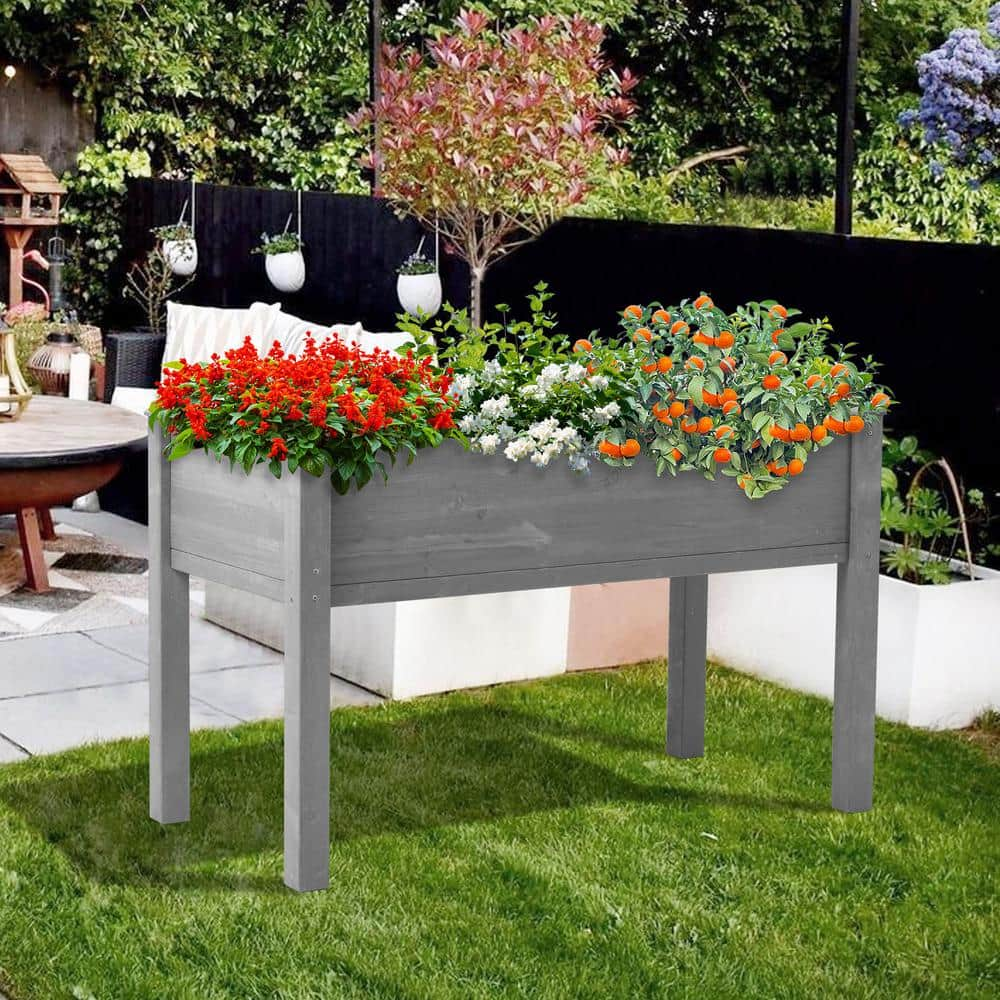
- Rubbermaid Raised Garden Bed in Grey
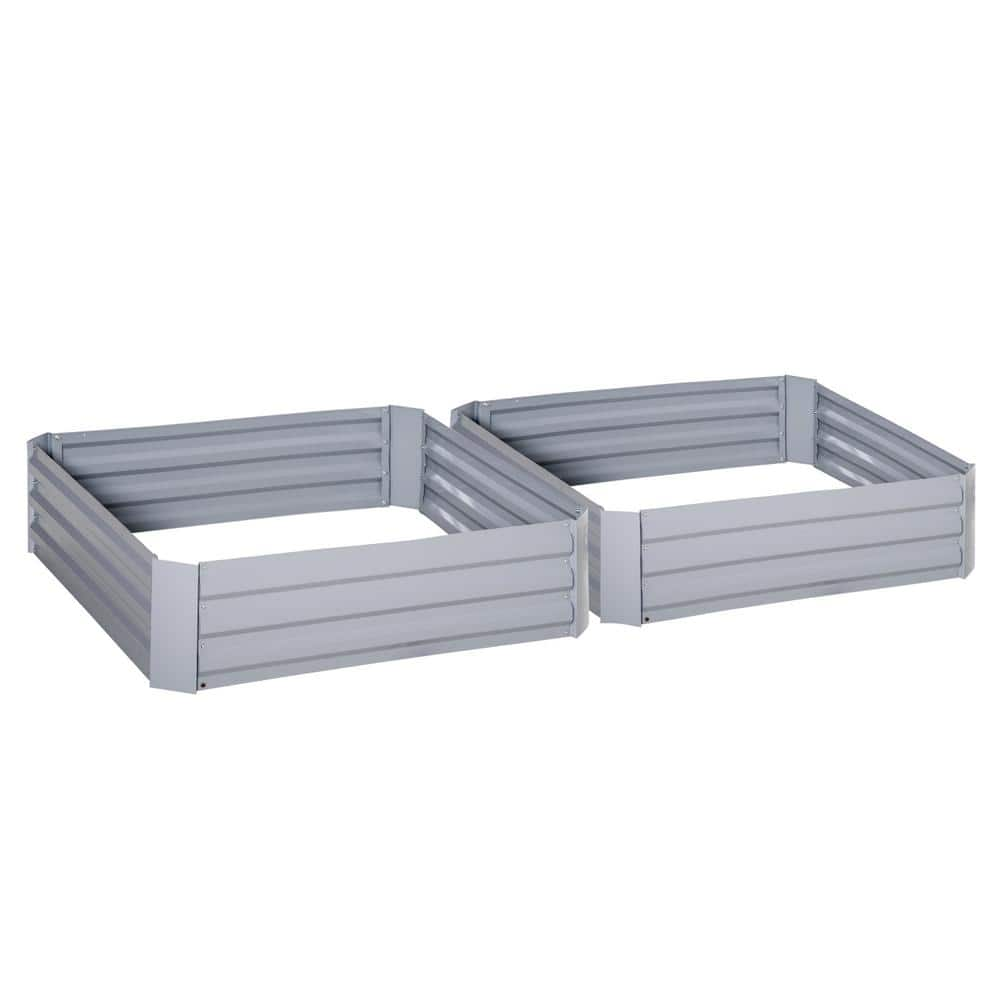
Post a Comment for "How To Grow A Bountiful Garden With Rubbermaid Raised Beds"